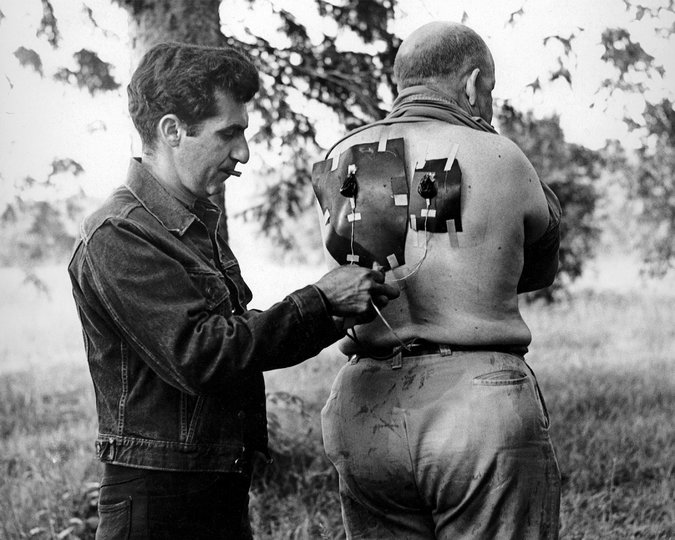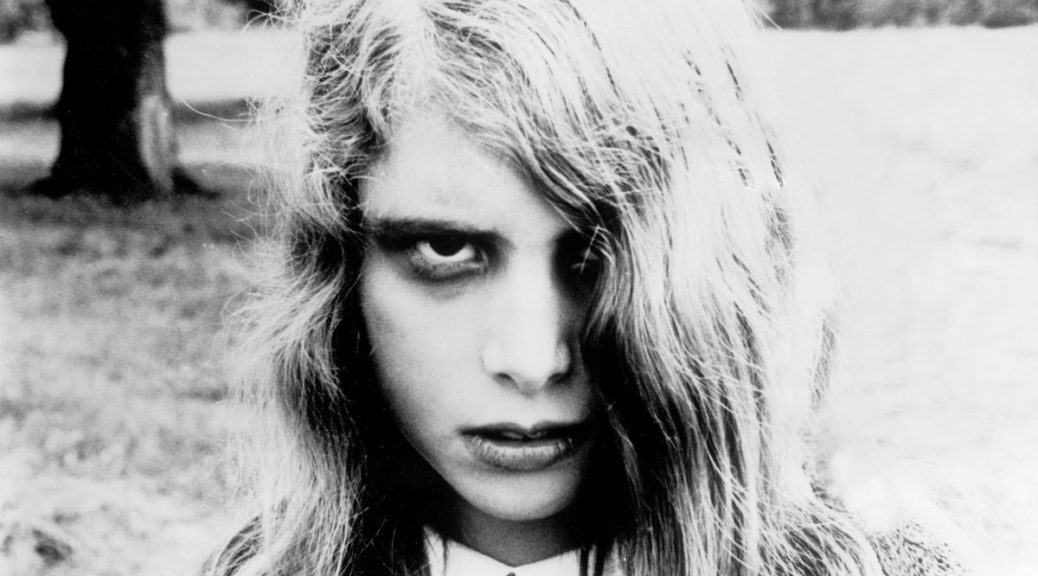A look back at 50 years of the walking dead and the legacy they left behind.
OK, so before you bite my head off, I know that zombie films have been around for longer than 50 years. The title of this article refers to the zombies as we know them today which begun with Night of the Living Dead. The “zombies” in Night of the Living Dead are closer in lore to vampires than actual zombies. While zombies are reanimated corpses, they didn’t turn others into zombies by biting them before Romero. In fact, Romero never referred to the monsters in Night of the Living Dead as “zombies”; they called them “Ghouls” in the film. He rarely had characters referred to them as “zombies” in his subsequent films, I can only recall one usage of the word “zombie” and that was in Dawn of the Dead. Anyway, back to the subject at hand.

Night of the Living Dead was a ground-breaking film for multiple reasons, the main one is kickstarting the modern zombie genre which is still going strong to this day. Without Night of the Living Dead, you would not be tuning into The Walking Dead on a weekly basis. It’s crazy to think that the film that changed the horror genre forever first started out as a horror comedy about adolescent aliens coming to Earth to make friends with human teenagers. With each new draft more of the horror elements came to the forefront until all the comedy was completely removed and it became pure horror. Drawing inspiration from the Richard Matheson novel I Am Legend, Romero wanted to take the idea from Matheson’s novel, but set it at the beginning of the outbreak rather than when there is only one human left.
Once they had their script and a budget of $114,000, they needed to assemble their cast. Duane Jones was cast as Ben, a controversial decision for the late 1960s, since that made an African American the hero. Romero remarked that it wasn’t a consideration they made at the time – Duane Jones just gave the best audition. Jones requested edits to be made to Ben’s dialogue to make him more educated; originally the character was written as an uneducated truck driver, but Ben felt being more intelligent would provide more material for a better performance. The rest of the cast included Judith O’Dea as the PTSD-suffering Barbara and Karl Hardman as the cowardly Harry Cooper. The most important member of the cast was Bill Hinzman as the first Ghoul seen in the film. Hinzman would set the benchmark for the performance of all the other zombies in the film, his dead expression and shuffling movements would come to influence zombie films for decades to come.

Due to budget limitations, the majority of the film takes place in a central location. Filming took place near Evans City, Pennsylvania between June and December 1967. The limited budget also meant that they were unable to afford to shoot in color, but they did manage to afford 35mm film. Even though it was for budgetary reasons, the black and white images created an atmosphere that wouldn’t exist if it had been shot in color, and the film itself has more of a documentary feel due to a lot of the handheld photography. The inclusion of the newsreels of government officials being interviewed after meetings added to the authenticity of the film.
Due to the limited budget, the makeup and gore effects were done as simply as possible. Blood was actually chocolate syrup, and for the sequence of the zombies eating the body parts, roasted ham and actual animal entrails were used. These were donated by a cast member who was also a butcher. Makeup was limited to white skin and darkened eyes for the zombies, and mortician’s wax was used to simulate wounds and decaying flesh. Wardrobe mainly consisted of second hand clothing donated by cast members and Goodwill stores.
The production was very much a hands-on affair for everyone involved. Producers would be on hand helping with all aspects of the production from loading the camera to constructing props. Everyone got involved in the making of the film to make sure they got it finished, actor Karl Hardman took the still photographs that are shown over the end credits alongside over a thousand production photographs. Once post production was completed, they struggled to find a distributor due to the gore content and bleak ending. They managed to find a distributor who would release it as made – the Walter Reade Organization, who mainly financed and distributed foreign films at the time. The only change they made was to the title: Romero’s film was finally called Night of the Living Dead. However, while they were changing the title, they accidentally removed the copyright notice which would lead the film to end up in the public domain.
The film garnered controversy on its release. This was before the MPAA was introduced, so the film was released with no age rating, which meant young children could just buy a ticket with no challenge. Critics lambasted theaters and parents that allowed their children to watch such an extreme horror film. Despite the controversy, Night of the Living Dead went on to make over $30 million worldwide, becoming one of the most financially successful horror films of all time. While initially the critical reception was not positive, after time passed critics came around to how ground-breaking the film was. It is repeatedly placed on best films of all time lists and was inducted into the National Film Registry as a culturally, historically or aesthetically significant film. It also spawned 5 official sequels and numerous unofficial sequels as well as 4 remakes. Not only that but it launched an entire genre of horror films.

The cultural impact of Night of the Living Dead is still being seen today as shows such as The Walking Dead are popular with general audiences. The original comic of The Walking Dead was heavily influenced by Night of the Living Dead, and the black and white artwork is a clear homage to the film. Whilst Dawn of the Dead and Day of the Dead are more popular and well known, possibly due to the elevated levels of gore and color photography, Night of the Living Dead was the film that started it all. It has been released on various home media outlets repeatedly, colorised versions have been released with varying levels of success but for me the original black and white is the only way to watch the film. The zombie genre is like any film genre, the popularity has peaks and troughs but it’s a genre that always seems to come back from the dead (pun very much intended)
After 50 years, Night of the Living Dead may not be the goriest film available now, but it’s still intense, scary and has an edge-of-your-seat tension throughout its running time. The phrase “He’s coming to get you Barbara” has worked its way into the lexicon and has almost become a parody of itself. It really helped launch the modern horror film. Films like Phantasm, Friday the 13th, Nightmare on Elm Street and Halloween owe a debt to Night of the Living Dead, not to mention the thousands of imitators that took George A. Romero’s idea of the monster and played with it – some even making it their own – but the genesis of their films will always come back to Romero’s original film. Any zombie film that comes after owes Night of the Living Dead because without it they wouldn’t exist. It may not be the greatest zombie film ever made – the acting is a little wooden from some of the supporting characters in places, and the limited budget does show on screen – but you cannot deny the pure raw horror that is presented in this film. It’s a film that still resonates with audiences today. I recently watched it with someone who hadn’t seen it before, and it was a joy to see them reacting the same way I did when I first saw the film all those years ago.
George A. Romero sadly passed away in 2017, but he left behind him a legacy of an entire genre of horror films. Most film makers leave behind a legacy consisting of their own work. Romero left behind a legacy of work that consisted of work by lauded directors such as Sam Raimi, Danny Boyle, Frank Darabont and many others. Because without Romero, films such as The Evil Dead, 28 Days Later and The Mist would not exist as we know them today. Not many film makers can be responsible for an entire sub-genre of films, Romero was one of the greats and his legacy will live on forever.

Matt is a huge film and TV buff who studied film and moving image production at university. In his spare time he enjoys reading comics and books, the occasional gaming session and writing novels.

